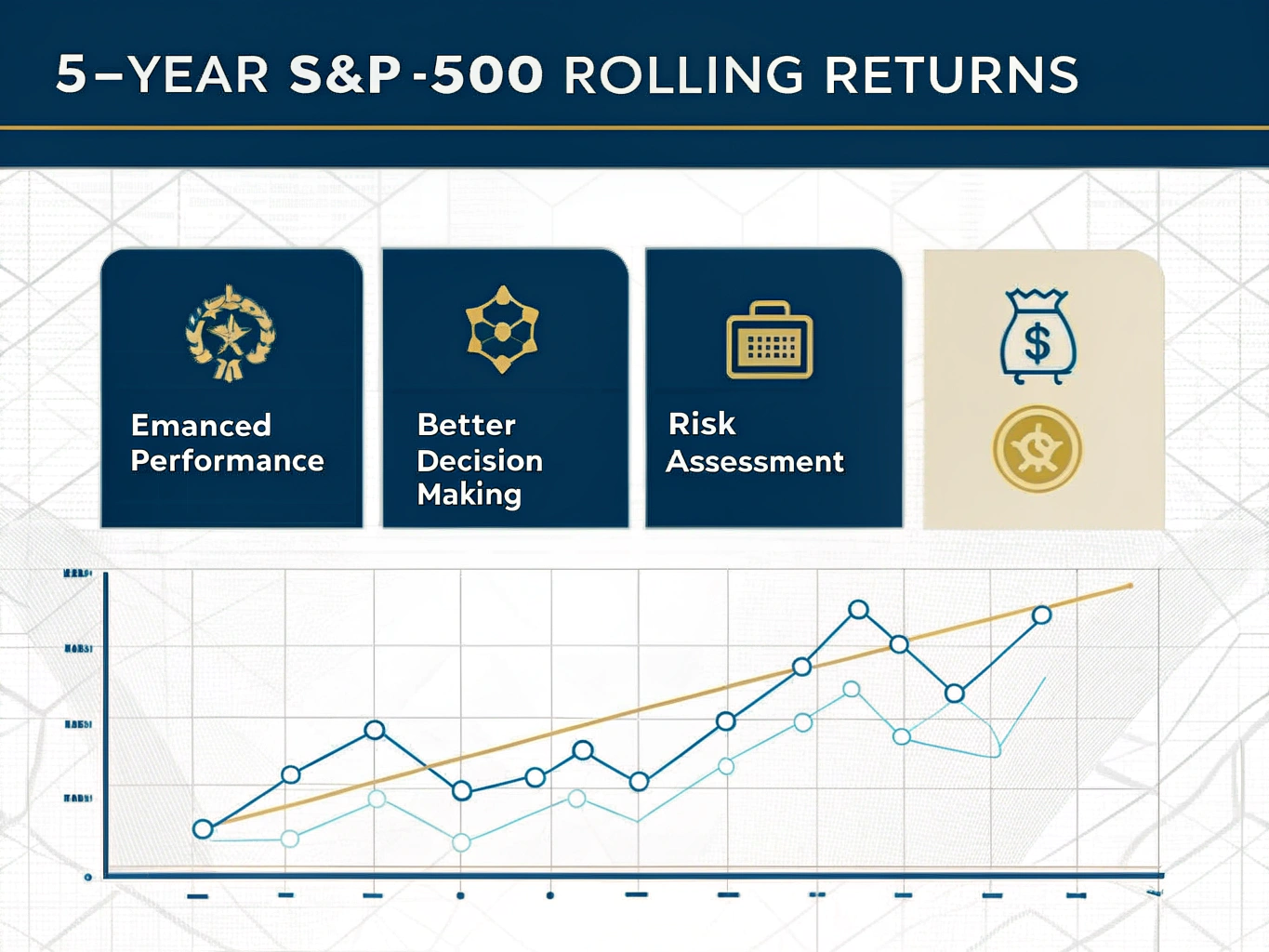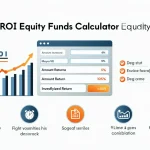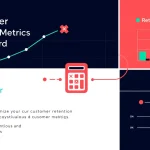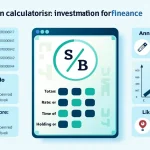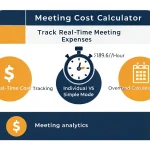5-Year Rolling Return Calculator
Is this tool helpful?
How to Use the 5-Year Rolling Return Calculator Effectively
This calculator helps you measure the annualized performance of your S&P 500 investments over a 5-year period. Follow these steps for accurate results:
- Enter the Starting S&P 500 Price: Input the index value at the beginning of your investment window. For example, if you began in June 2010, enter 1104.45.
- Enter the Ending S&P 500 Price: Provide the index value at the end of the 5-year period. For instance, if your period ended in June 2015, you might enter 2107.84.
- Submit to Calculate: The tool will show your annualized rolling return and present a chart of how the investment would have grown each year.
Understanding the 5-Year Rolling Return Calculator
The 5-Year Rolling Return Calculator evaluates the compound annual growth rate (CAGR) of the S&P 500 index between two points spaced 5 years apart. It factors market fluctuations and compounding effects to give you an annualized perspective on your investment’s performance.
Using this tool enables you to:
- Assess the average yearly growth rate of your investment over rolling 5-year intervals
- Visualize how the S&P 500 value progresses over time
- Make informed decisions based on historical trends and returns
How the Calculator Works
The calculator uses a simple formula based on geometric averaging to find the annual return rate over 5 years. This accounts for the compound interest effect rather than just total percentage change.
The formula for the 5-Year Rolling Return is:
This formula calculates the annualized return as a decimal, which the calculator converts to a percentage for easier interpretation.
Practical Example Calculations
Example 1: Recovery After Market Downturn
- Starting Price (July 2011): 1266.25
- Ending Price (July 2016): 2153.89
- Calculated 5-Year Annualized Return: Approximately 11.7%
Example 2: Strong Bull Market Phase
- Starting Price (March 2014): 1872.34
- Ending Price (March 2019): 2831.74
- Calculated 5-Year Annualized Return: Approximately 8.6%
Key Benefits of Using 5-Year Rolling Returns for Investment Analysis
1. Clearer Performance Insights
- Reduces bias caused by picking only fixed start and end dates
- Reflects performance more consistently across different market cycles
- Highlights the effects of compounding on investment growth
2. Supports Smarter Financial Planning
- Helps set realistic earnings expectations based on historical data
- Improves timing for buying or selling investments
- Aids in preparing long-term investment strategies
3. Enhances Risk Evaluation
- Reveals performance patterns relative to market cycles
- Indicates market volatility and recovery potential
- Supports assessing portfolio resilience over time
Common Uses for the 5-Year Rolling Return Calculator
Portfolio Performance Review
Use rolling returns to benchmark your funds against the S&P 500 and check the consistency of your investment returns through varying market periods.
Financial and Retirement Planning
Financial advisors rely on rolling return analysis to help clients understand potential growth, set achievable goals, and visualize investment progress over time.
Sophisticated Market Analysis
Market researchers and analysts use these annualized returns to identify trends, detect market phases, and develop robust investment theses.
FAQs About 5-Year Rolling Returns
What are rolling returns?
Rolling returns measure annualized performance over overlapping time periods instead of just one fixed start and end point. This method offers a dynamic and detailed view of investment growth over time.
Why focus on 5-year periods?
Five years provides the right balance between smoothing short-term volatility and capturing meaningful market trends. It reflects both growth phases and downturns across economic cycles.
How does this differ from traditional returns?
Traditional returns look only at total growth between two points, which can be influenced by timing. Rolling returns consider multiple overlapping periods, showing more stable, averaged results.
Can I use this calculator for other indexes or assets?
Yes, as long as you have start and end price data for any stock, ETF, mutual fund, or index, you can apply the same formula to calculate 5-year rolling returns.
Tips for Maximizing Your Analysis with the Rolling Return Calculator
1. Use Reliable and Consistent Data
- Source your index prices from trusted databases
- Consider dividend-adjusted prices if you want total return insights
- Check for errors or outliers in historical price points
2. Analyze Multiple Timeframes
- Compare rolling returns across different 5-year segments
- Note how market conditions affect returns in various periods
- Use alongside other financial metrics for a well-rounded view
3. Interpret with Context
- Focus on long-term trends rather than short-term spikes
- Consider economic, geopolitical, and sector influences
- Use the results to guide your investment decisions, not dictate them
Important Disclaimer
The calculations, results, and content provided by our tools are not guaranteed to be accurate, complete, or reliable. Users are responsible for verifying and interpreting the results. Our content and tools may contain errors, biases, or inconsistencies. We reserve the right to save inputs and outputs from our tools for the purposes of error debugging, bias identification, and performance improvement. External companies providing AI models used in our tools may also save and process data in accordance with their own policies. By using our tools, you consent to this data collection and processing. We reserve the right to limit the usage of our tools based on current usability factors. By using our tools, you acknowledge that you have read, understood, and agreed to this disclaimer. You accept the inherent risks and limitations associated with the use of our tools and services.
